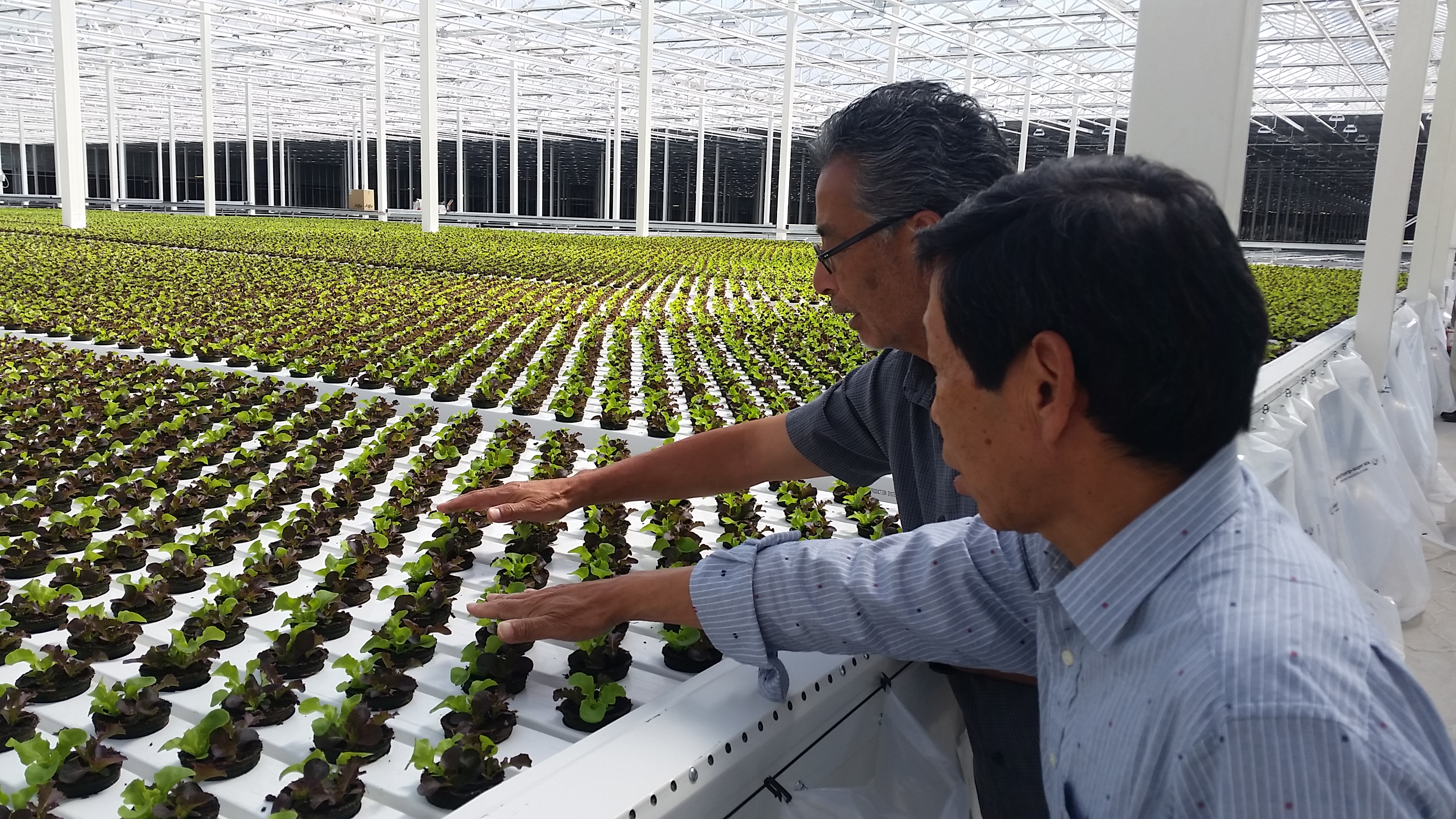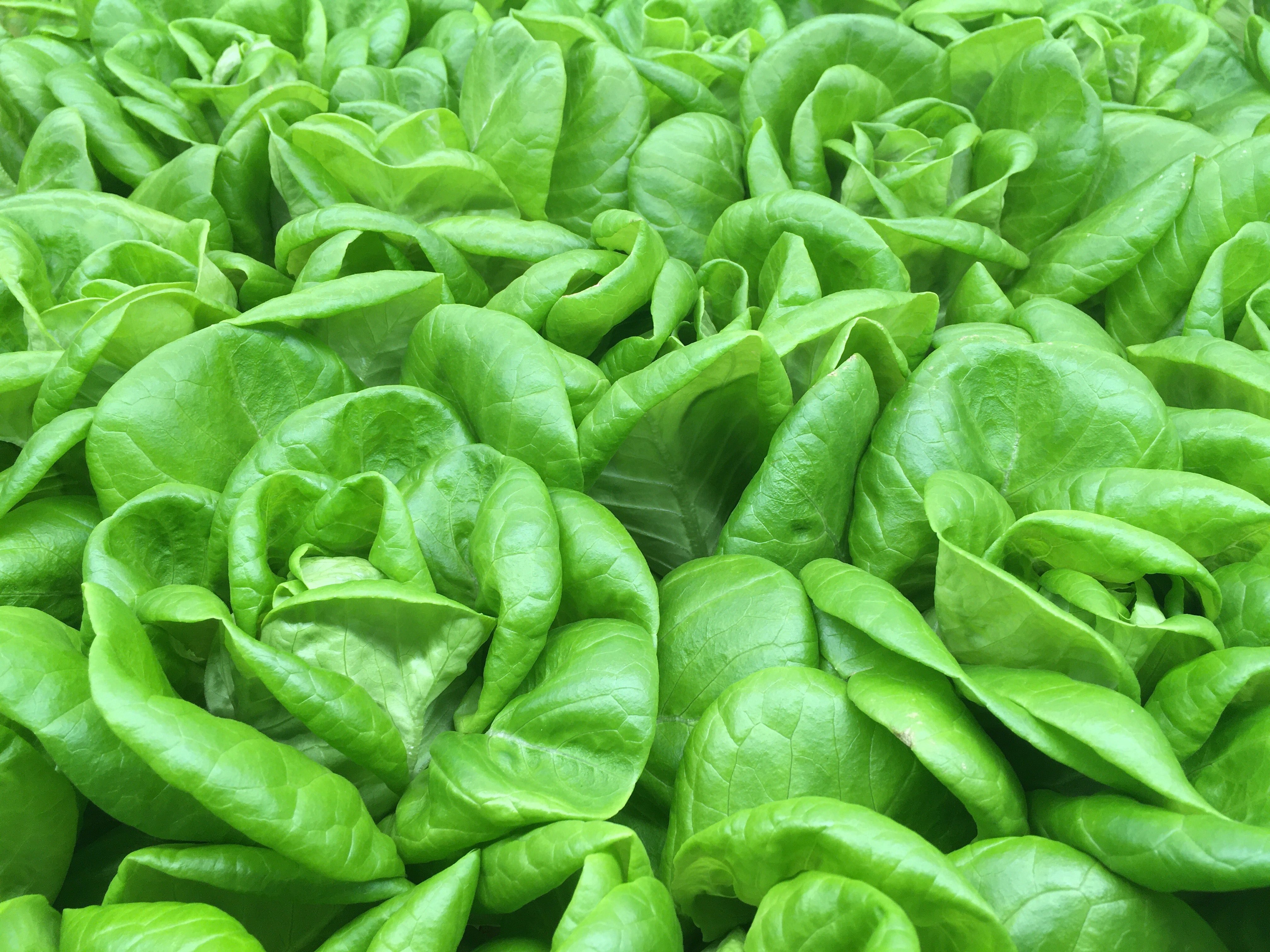"Sustainability lies at the core of our CO₂ reuse and sustainable energy initiative. By integrating this circular approach, we contribute to a more sustainable future, minimizing our ecological footprint while ensuring a consistent supply of nutritious and locally grown food." (Taizo Sano, COO of SARA Inc.)
CO₂ at SARA Farm
By turning a difficult situation to their advantage, the high-tech Van der Hoeven greenhouses of SARA Farm thrive with combined production of green energy and healthy vegetables.

Producing nutritious vegetables in Japan meant that SARA Farm had to deal with high electricity prices and poor availability of liquid CO₂. These were market circumstances that made it challenging to transition to sustainable production.
At SARA Farm they turned this situation around by generating their own renewable electricity on-site and selling it to regional power grid. The much-needed heat and CO₂ for growing fresh vegetables in high-tech greenhouses is created as a byproduct in the biomass powered process.
The biomass powerplant, also owned and operated by SARA Farm, uses various sources of organic waste, such as palm kernel shells. Heat, a byproduct from the power generation process is used to create the optimal climate inside the greenhouse.
The CO₂ -rich exhaust gases are used to raise the CO₂ concentration in the greenhouse to well above ambient levels, improving crop performance, production and crop quality, after being extensively treated and cleaned.
In combining green energy production with growing healthy vegetables, the town of Kasaoka is provided with renewable energy while also providing high quality vegetables throughout Japan. It is a circular concept which has proven its success since delivery of the project in 2019.

Details
Recovered Resource: CO₂/Energy
Location: Japan
Size: 12,5 ha
Crops: Lettuce / Tomatoes / Capsicum
Want to know more about this unique project? Contact us








